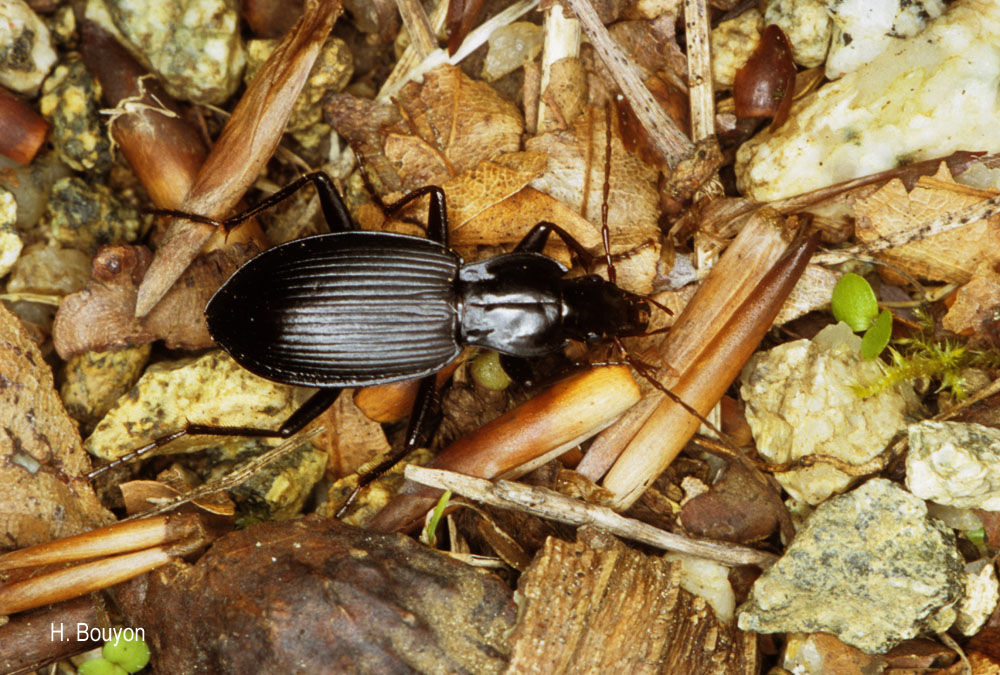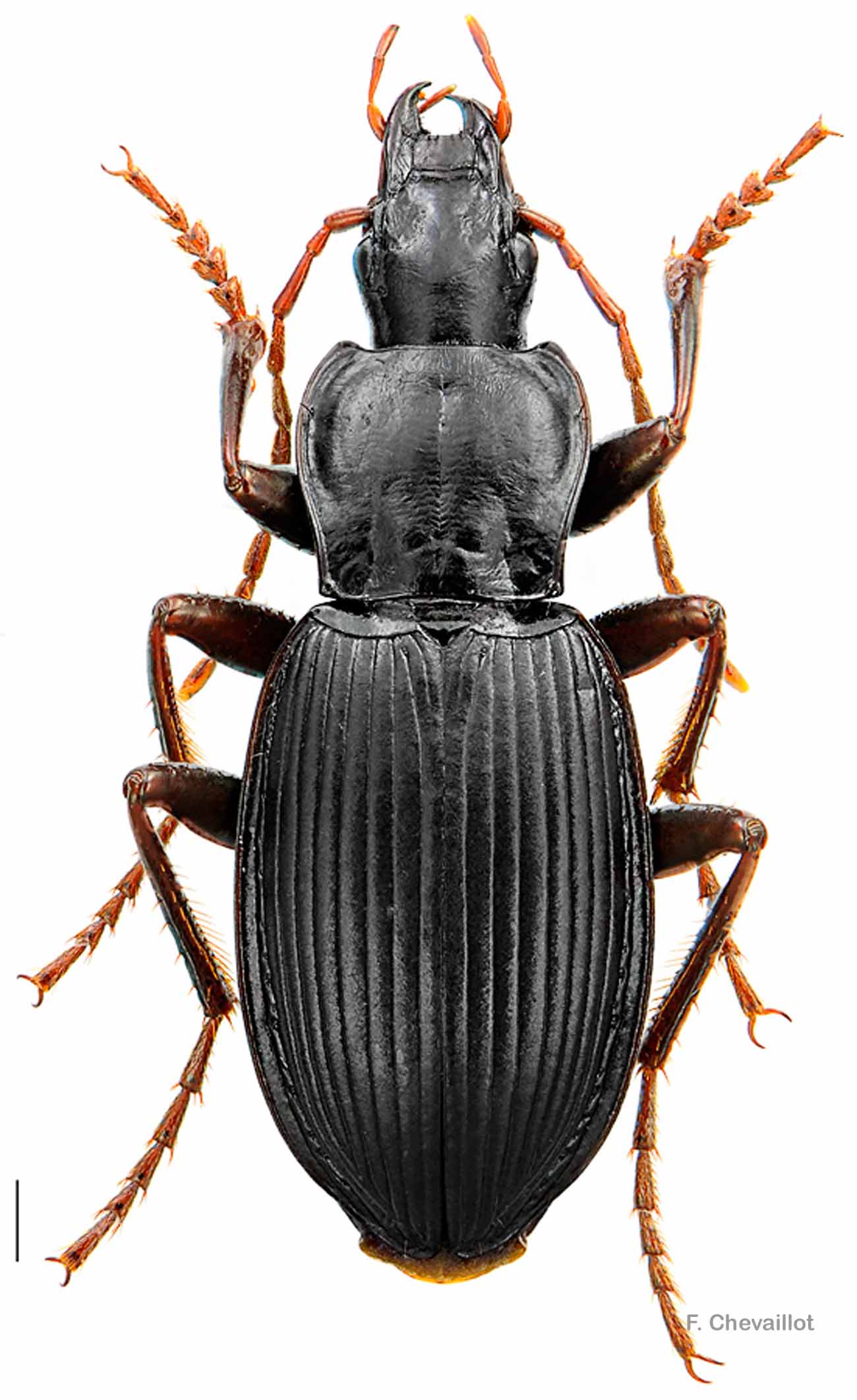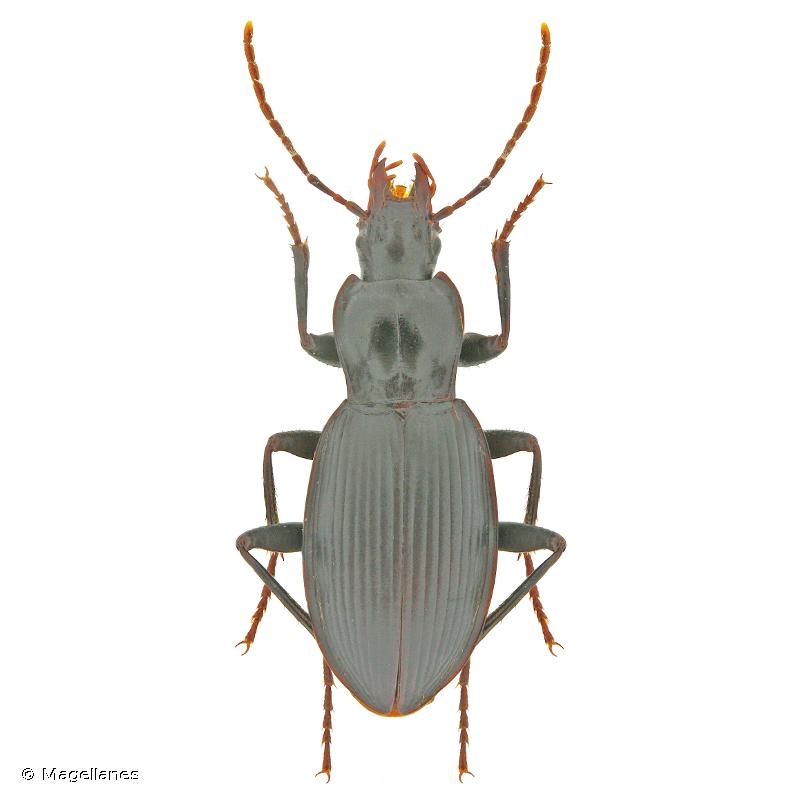
cd_nom

| Author : H.Bouyon |
 |
To get the picture, please visit:
Bouyon Hervé
herve.bouyon@wanadoo.fr
Any reuse of one or more photographs on this site is subject to an authorization request from the author.
Link to the Code of Intellectual Property (Legifrance)

| Author : H. Bouyon |
 |
To get the picture, please visit:
Hervé BOUYON
mail : herve.bouyon@wanadoo.fr
Any reuse of one or more photographs on this site is subject to an authorization request from the author.
Link to the Code of Intellectual Property (Legifrance)

| Author : F. Chevaillot |
 |
To get the picture, please visit:
Fred CHEVAILLOT
Moulin de Castor
La Maynobe
12550 COUPIAC
06 51 19 18 32
09 88 28 31 26
www.insecte.org
email : fred.chevaillot@wanadoo.fr
Any reuse of one or more photographs on this site is subject to an authorization request from the author.
Link to the Code of Intellectual Property (Legifrance)

| Author : Magellanes |
 |
To get the picture, please visit:
Any reuse of one or more photographs on this site is subject to an authorization request from the author.
Link to the Code of Intellectual Property (Legifrance)
Taille : 11,5-18 mm
Diagnose : Entièrement brun de poix, les tarses et les antennes rougeâtres ; tête relativement petite, les yeux bien saillants ; pronotum cordiforme, élargi au tiers antérieur, rétréci à la base, les angles antérieurs fortement saillants, les angles postérieurs légèrement retroussés vers l'extérieur ; élytres amples, en ovale régulier et aplanis, stries nettes mais peu profondes.
Identification : La forme du pronotum est bien caractéristique de l'espèce.
Confusions possibles : Avec Actenipus obtusus, espèce de même taille, mais son pronotum est bien différent et cette dernière n'est connue que des Alpes.
Périodes d'observation de l'adulte : Juillet-août.
Biogéographie-écologie : L'espèce est présente dans les forêts de basse et moyenne altitude ; elle semble préférer les pierriers avec un net caractère endogé, voire même cavernicole ; elle est endémique de Corse, de Sardaigne et de l'île d'Elbe.
Références :CASALE A., 1988.- Revisione degli Sphodrina (Coleoptera, Carabidae, Sphodrini). Monographie V, Museo Regionale di Scienze Naturali, Torino : 1 – 1024.
COULON J., PUPIER R., QUEINNEC E., OLLIVIER E. & RICHOUX P., 2011.- Coléoptères Carabiques. Compléments et mise à jour. Volume 2, Faune de France 95, Fédération Française des Sociétés de Sciences Naturelles, Paris : 371 – 684.
JEANNEL R., 1942.- Coléoptères Carabiques, deuxième partie. Faune de France 40, Fédération Française des Sociétés de Sciences Naturelles, Paris : 573-1173.
Patrice Machard(),2019
Continental
Metropolitan France
Overseas
Marine
Metropolitan France
Overseas
The map presents a summary at the 10 x 10 km grid of the observation data for the species transmitted to the SINP. These data have been subjected to validation filters.
The map presents a reference distribution layer of the species at the scale of departments and marine sectors. The presence and absence data were established by expertise within a network of partners. This reference distribution is used in the validation process of the SINP data at the INPN level.
Corresponds to a report on the basis of at least one observation proved within a period of 10 years (20 years for little-known invertebrates) preceding the year and no presumption of extinction since obtaining the last data nor doubt on reproductive and implemented nature of this population. For migratory species, the presence indicated concerns areas of reproduction.
This status is based on one or more of the following criteria:
This point covers the absence, more difficult by nature to demonstrate than presence. This status is based on one or more of the following criteria:
This status must be assigned to a department in which the presence of the species is casual.
Particular case of absence due to a proven extinction less than a half century ago (older disappearances are treated as "no probable or definite").
In the state of knowledge, we can not comment on the presence or absence in the current department. This is the default status when not comprised in one of the previous categories or whenever there is doubt.
The map shows the global distribution of the species based on GBIF data (Global Biodiversity Information Facility).
